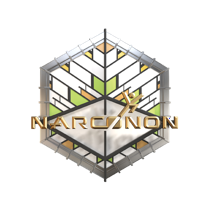How a Meth House Contaminates the Surrounding Area
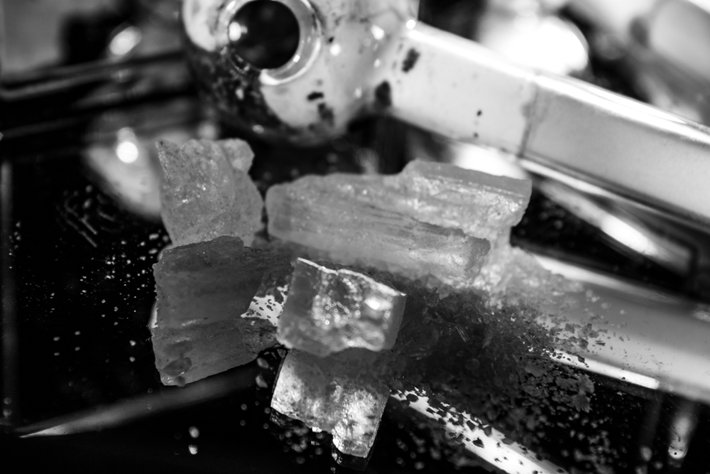
When we think of methamphetamine, we often think of just the drug itself, and perhaps the addictions that that drug creates. True enough, that is absolutely something to be concerned about. Methamphetamine is a highly addictive drug, and interest in methamphetamine as a substance of choice has been growing. Methamphetamine was all but unheard of prior to the turn of the century, and now it is one of the most popular drugs in the world.
The Dangers of Meth
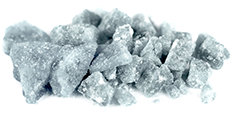
Methamphetamine, or “meth” for short, is a highly addictive stimulant, a substance that causes people to get hooked and which does not release them willingly. Meth can be consumed either by swallowing it, injecting it, snorting it, smoking it, etc. The drug is sold either in a powder form, or it comes in a crystal form as glassy or bluish white rocks or sheets.
When people use meth, they take the drug and almost instantly feel a rush of intense but brief euphoria. Meth releases dopamine into the brain, dopamine being the neurotransmitter chemical that regulates feelings of pleasure.
When a user takes small amounts of meth, the drug causes increased wakefulness, alertness, high energy, decreased appetite, and even violent behavior. When people use meth, they will also likely experience rapid and irregular heart rate, increased blood pressure, and even hyperthermia.
Expert Commentary on Cleaning Up Meth Labs
A lot of experts have spoken out on meth labs, commenting on how dangerous they are, and pointing out the glaring chemical risks that such labs pose. A few of these experts gave quotes on the subject, and these have been included below.
Jared Herbert is a professional, residential and commercial chemical contamination specialist, meaning that it is his job to clean up meth labs. Jared speaks about his job, and how common meth labs are in residential neighborhoods in the seemingly drug-free city of Provo, Utah:
“I’ve done really run-down, beat-up houses in beat-up neighborhoods but then I’ve done multimillion-dollar homes that have meth. I hate to say it but yes, it’s everywhere…”
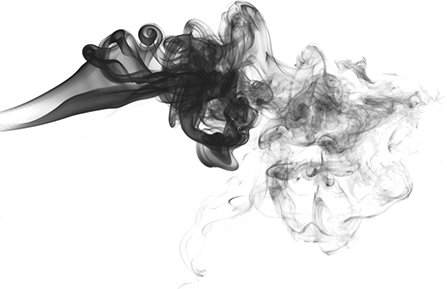
“We keep it as discreet as we can. You want to know that someone has meth in your neighborhood, but you also don’t want to know, you know? I’ve done really run-down, beat-up houses in beat-up neighborhoods but then I’ve done multimillion-dollar homes that have meth. I hate to say it but yes, it’s everywhere. Bathrooms are a common place for meth smokers. Laundry closets are good. Anywhere that has a fan that blows out. Once meth particles are disrupted, they float through the air and get into stuff.
A home inspector, also in Utah, by the name of Jared Fenn, spoke at length about the dangers and risks associated with meth:
“What people don’t realize is that just smoking it can contaminate the house. That’s where a lot of the controversy comes up…”
“It’s a much bigger problem than people want to admit or realize. The problem here in Utah County is that it’s ’Happy Valley.’ Nothing goes wrong here and everybody’s happy. But meth is a huge problem. Testing for meth is the first step in getting that peace of mind when you’re buying a property. But when it comes to meth contamination, there’s really nothing that you can look for. Of the houses we’ve had test positive, half of them were ones we never would’ve suspected. What people don’t realize is that just smoking it can contaminate the house. That’s where a lot of the controversy comes up. It can be cleaned up, that’s the good news. There are so many hazards that we deal with in our environment. Let’s take care of the ones that we can control.“
What we can gather from the feedback from these two experts is that meth use can occur anywhere. While the above experts are focused on cleaning up meth labs only in Utah, that doesn’t mean that their findings can’t be extrapolated to include all of the other states in the U.S. as well. The bottom line is that meth abuse and meth labs can crop anywhere, necessitating a cleanup of the space that the meth was made or even just used in.
Contamination from Meth Labs
Meth labs cause a significant degree of contamination, a contamination quite unlike that caused by any other type of drug. Experts determined that just one clandestine meth lab operation can have a toxic effect on an area up to one city block if the meth lab has been in operation for some time.
Another risk with meth labs is that when such labs are situated close to a body of water, such as a lake, stream, river, pond, or underground water source, the effect can be drastic. When meth lab chemicals affect a water source, this can spread the toxic effect of that single meth lab far and wide.
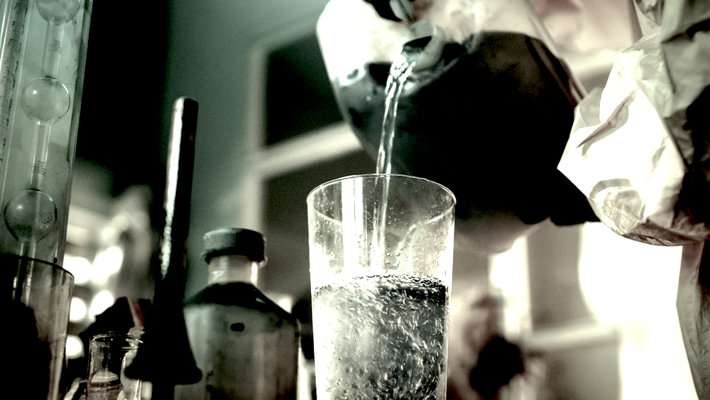
According to a direct transcription from an interview with the Oklahoma Bureau of Narcotics and Dangerous Drugs:
“Properties used to produce meth will usually have containers of chemicals such as solvents, ether, paint thinners, phosphorus, acids, and bases, or anhydrous ammonia. Other lab equipment, cooking or storage containers, or heat sources may also be present. Typically, the contractor removes the bulk of any lab-related debris such as chemicals and containers after a lab is discovered by law enforcement. However, small amounts of chemicals may have contaminated surfaces, drains, sinks, ventilation systems and absorbent materials (couches, carpets, beds etc.). The meth lab contaminants may pose serious health threats to persons exposed to them.“
The interview went on to discuss how even just trace elements of meth can have a pretty serious and harmful effect on an area, potentially affecting any human within a nearby radius to the meth lab:
“People can be exposed by breathing the air that may contain suspended contaminant particles as dust, by touching surfaces that are contaminated, by eating or drinking from glasses or dishes that have layers of contaminated grime, or by eating or smoking after their hands are in contact with contaminated areas…”
“People can be exposed by breathing the air that may contain suspended contaminant particles as dust, by touching surfaces that are contaminated, by eating or drinking from glasses or dishes that have layers of contaminated grime, or by eating or smoking after their hands are in contact with contaminated areas. Furnace air filters and drains may also have contamination in them. Children should never be allowed into these areas until cleaning is finished.”
This information from Oklahoma, a state that busts almost one-thousand meth labs every year gives us a sound idea of just how dangerous these labs can be. It increases our knowledge of such labs, and the information helps us comprehend why we need to stay away from such labs.
But just knowing that the labs are dangerous won’t be enough to completely protect our communities from them. We need to take definitive action towards reducing the interest in meth and the demand for meth in our towns.
Cracking Down on the Meth Problem
People need to know the truth about meth. When people know what is at risk and what the dangers are of meth use, they are more likely to say no to meth in the future. Reducing the prevalence of meth labs in a city begins and ends with simply getting the residents of the city to say no to meth, no matter what.
When people know just how risky meth is, when people understand the dangers attendant with meth, it becomes a lot less likely that those individuals will experiment with meth. So really, the reduction of meth labs in an area is not just about busting those labs and cleaning them up. It’s also about reducing the overall interest in meth in that area.
Sources:


